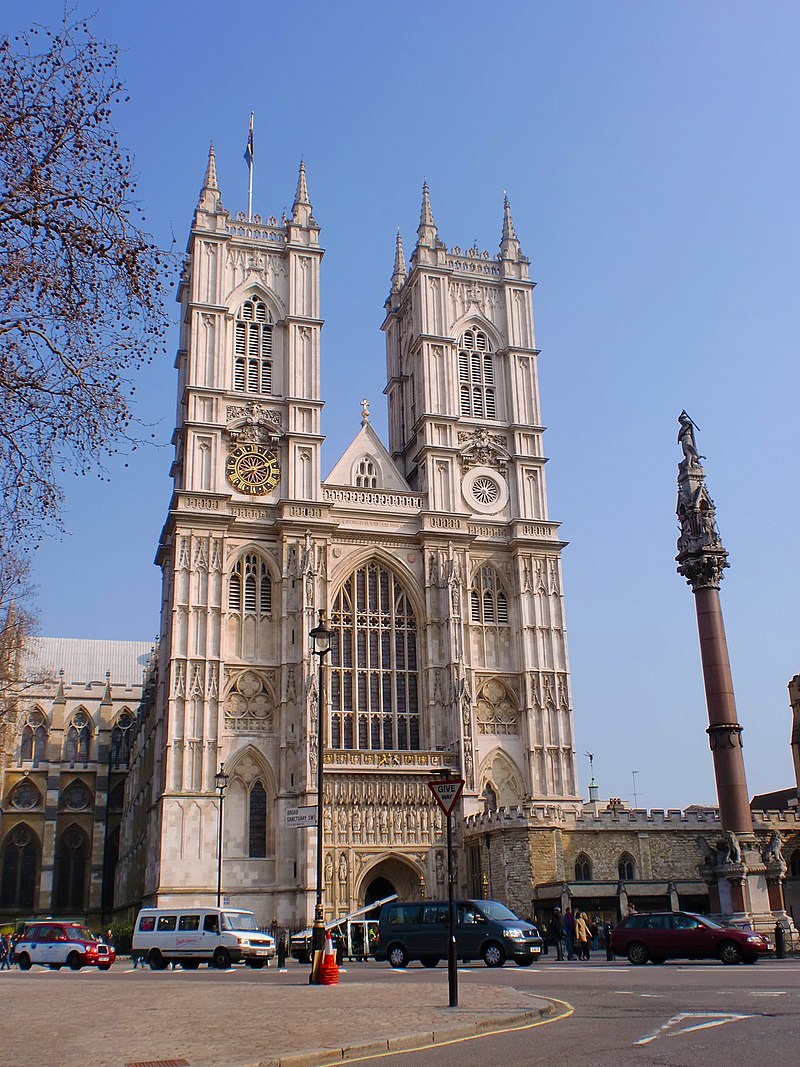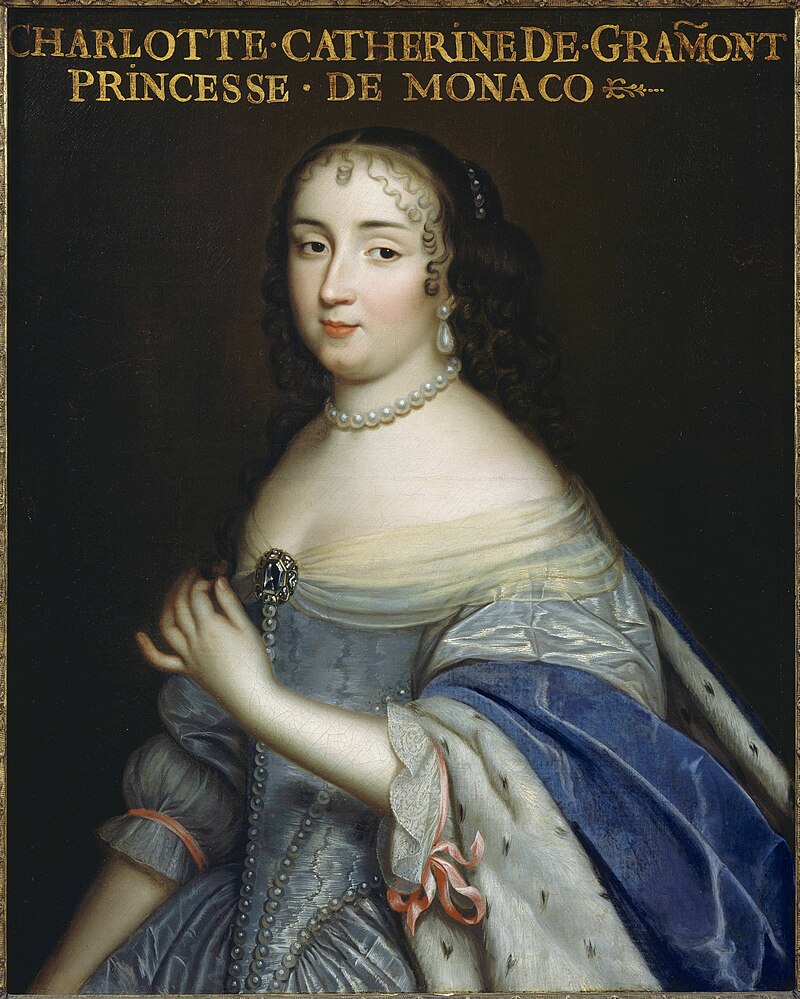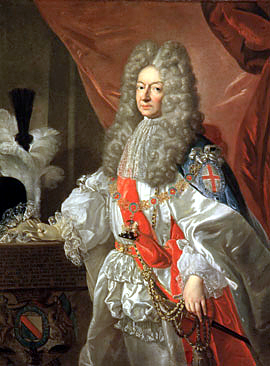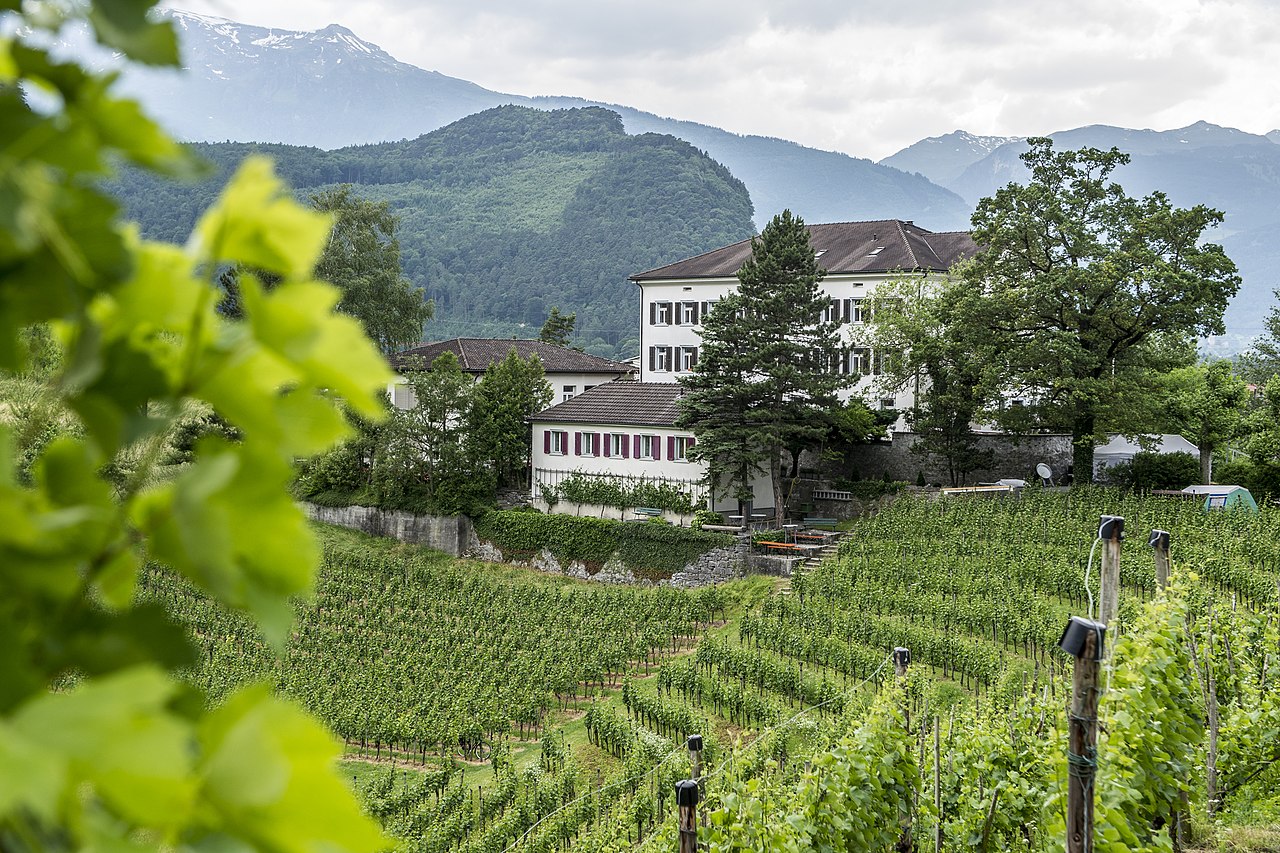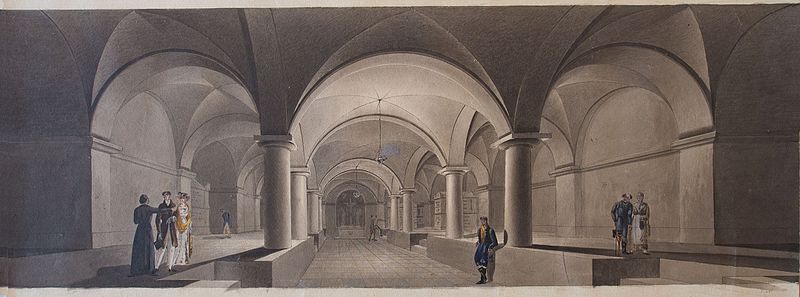by Susan Flantzer
© Unofficial Royalty 2022

Marie of Lorraine, Princess of Monaco; Credit – Wikipedia
Born in Paris, France, on August 12, 1674, Marie of Lorraine was the wife of Antonio I, Prince of Monaco. She was the ninth of the fourteen children and the fifth of the seven daughters of Louis of Lorraine, Count of Armagnac and Catherine de Neufville. Marie’s father was a member of the House of Guise, a cadet branch of the House of Lorraine, and held the rank of prince étranger at the French court. He was the Grand Squire of France, one of the Great Officers of the Crown of France, and a member of the Household of King Louis XIV of France. Marie’s grandparents were all members of the French nobility. Her paternal grandparents were Henri of Lorraine, Count of Harcourt and Marguerite Philippe du Cambout. Her maternal grandparents were Nicolas de Neufville, Duke of Villeroy, a Marshal of France and the governor of King Louis XIV of France during his childhood, and Madeleine de Blanchefort de Créquy.
Marie had thirteen siblings:
- Henri of Lorraine, Count of Brionne (1661 – 1713), married Marie Madeleine d’Épinay, had two children
- Marguerite of Lorraine (1662 – 1730) married (third wife) Nuno Álvares Pereira de Melo, 1st Duke of Cadaval, had ten children
- Françoise of Lorraine (born and died 1664), died in infancy
- François Armand of Lorraine, Abbot of Royaumont. Bishop of Bayeux (1665 – 1728), Catholic priest
- Camille of Lorraine, Count of Chamilly (1666 – 1715), unmarried
- Armande of Lorraine (1668 – 1681), died at age 13
- Isabelle of Lorraine (born and died 1671), died in infancy
- Philippe of Lorraine (1673 – 1677), died in childhood
- Louis Alphonse of Lorraine (1675 – 1704), unmarried, French naval officer died at the naval Battle of Vélez-Málaga during the War of the Spanish Succession
- Charlotte of Lorraine, Mademoiselle d’Armagnac (1678 – 1757), unmarried
- François of Lorraine, Abbot of the Abbey of La Chaise Dieu (1680 – 1712)
- Marguerite of Lorraine (born and died 1681), died in infancy
- Charles of Lorraine, Count of Armagnac, Lieutenant General of the King’s Armies (1684 – 1751), married Françoise Adélaide de Noailles, daughter of Adrien Maurice de Noailles, duc de Noailles, no children
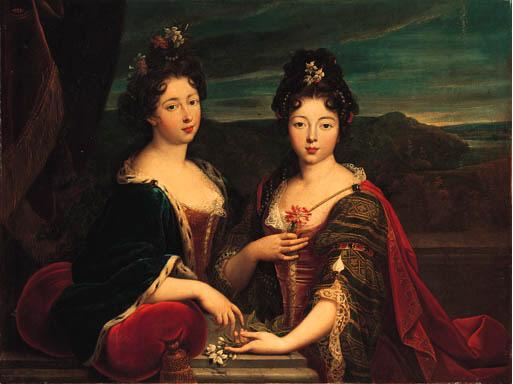
Marie and her sister Charlotte; Credit – Wikipedia
Monaco had become a French protectorate in 1641, and the Princes of Monaco became vassals of the Kings of France while remaining sovereign princes. Many successive Princes of Monaco and their families spent most of their lives in France and intermarried with French and Italian noble families.

Marie’s husband, Antonio I, Prince of Monaco; Credit – Wikipedia
On June 13, 1688, in the Chapel Royal at the Palace of Versailles in Versailles, France 14-year-old Marie married 27-year-old Antonio, the future Prince of Monaco, the son of Louis I, Prince of Monaco and Catherine-Charlotte de Gramont, from a French noble family. Both King Louis XIV and his morganatic second wife Françoise d’Aubigné, Marquise de Maintenon approved of the marriage. Louis XIV gave the couple a chateau just outside of Paris as a wedding gift.
Antonio and Marie had six daughters but only two survived to adulthood. The elder surviving daughter Louise-Hippolyte succeeded her father as the reigning Princess of Monaco.
- Caterina Charlotte, Mademoiselle de Monaco (1691 – 1696), died in childhood
- Louise-Hippolyte, Princess of Monaco (1697 – 1731), married Jacques François Goyon, Count de Matignon, later Jacques I, Prince of Monaco, had nine children including Honoré II, Prince of Monaco
- Elisabetta Charlotte, Mademoiselle de Valentinois (1698 – 1702), died in childhood
- Margherita Camilla, Mademoiselle de Carlades (1700 – 1758), married Louis de Gand de Mérode de Montmorency, Prince of Isenghien (his third marriage), no children
- Maria Devota, Mademoiselle des Baux (1702 – 1703), died in childhood
- Maria Paolina Theresa Devota, Mademoiselle de Chabreuil (1708 – 1726), unmarried, died at age 18
The marriage was not happy. In what seems to have become a Grimaldi tradition, Antonio had several illegitimate children from different affairs. Marie responded by finding lovers of her own. Louis de Rouvroy, Duke of Saint-Simon, a soldier, diplomat, and memoirist, said of Marie, that she “was a charming young thing… spoilt by her parents’ fondness for her and by the attentions of the courtiers who frequented the Lorraine household…Her husband, very sensibly, realized he hadn’t the upper hand.”
In 1692, when Antonio was serving in the French military, Marie was sent to Monaco. Upon Antonio’s discharge from the military, Marie insisted upon returning to France. She caused a great scandal when she claimed her father-in-law Louis I, Prince of Monaco had made unwanted sexual advances to her. Whether this was true or not, Marie and Antonio returned to the French court. Marie and Antonio’s relationship did not improve. They did reconcile in 1696, when their only child, five-year-old Caterina Charlotte, Mademoiselle de Monaco, died. Marie’s mother and King Louis XIV insisted that Marie and Antonio reunite to provide Monaco with an heir. From 1697 – 1712, Marie and Antonio lived in Monaco where Antonio spent most of his time in the Giardinetto, the cottage he had built for his mistress, and Marie lived in a summer house that she jokingly called Mon Desert (my desert). The couple had five daughters, but no sons, between 1697 and 1708 but only two survived to adulthood. During this period, on January 3, 1701, Antonio became Prince of Monaco upon the death of his father Louis I, Prince of Monaco.

Louise-Hippolyte, Marie and Antonio’s eldest surviving daughter and Antonio’s successor; Credit – Wikipedia
Marie and Antonio butted heads over the marriage of their elder surviving daughter and Antonio’s heir, Louise-Hippolyte. There was no disagreement over Antonio’s decision, with the permission of King Louis XIV, that Louise-Hippolyte’s husband would take the surname Grimaldi and jointly rule Monaco with her. However, there was a heated disagreement over prospective husbands. Marie, supported by her family, refused to consent to Antonio’s choice. This resulted in a conflict that lasted for two years and greatly angered King Louis XIV. Marie told Louise-Hippolyte to refuse her father’s choice which resulted in Antonio having Louise-Hippolyte confined in a convent. When Antonio discovered that his marriage plans for his daughter were not favored at the French court, he was forced to release Louise-Hippolyte from her convent confinement and forgo his marriage plans. However, Marie had another trick up her sleeve. She arranged for the Duchess de Lude to suggest Jacques Goyon, Count of Matignon as a husband for Louise-Hippolyte, and Antonio agreed. When he later found out that Marie had manipulated his choice by having the Duchess de Lude suggest Jacques Goyon, Count of Matignon, the relationship between Marie and Antonio further worsened.

The Cathedral of Monaco; Credit – Wikipedia
Marie spent the last years of her life quietly, frequently returning to the French court. She died at the Prince’s Palace in Monaco on October 30, 1724, at the age of 50, and was buried at the Church of Saint Nicholas in Monaco. During the late 19th century, a new and larger church, the Cathedral of Monaco, was built on the site of the Church of Saint Nicholas. The original church was demolished in 1874 but the current cathedral was built over the areas of the previous church and the old burial site so that the sovereign princes and consorts originally buried at the Church of Saint Nicholas are now buried in the Cathedral of Monaco.
Marie’s husband Antonio did not mourn her death at all. Marie left her possessions and a sizable monetary inheritance to her elder daughter Louise-Hippolyte. Antonio, who was always in financial difficulties, contested her will. Naturally, this caused a strained relationship between Antonio and his daughter and her husband. Antonio survived his wife by a little more than six years, dying on February 20, 1731, at the age of 70. He was succeeded by Louise-Hippolyte who had a very short reign of ten months. She died from smallpox at the age of 34, on December 29, 1731.
This article is the intellectual property of Unofficial Royalty and is NOT TO BE COPIED, EDITED, OR POSTED IN ANY FORM ON ANOTHER WEBSITE under any circumstances. It is permissible to use a link that directs to Unofficial Royalty.
Works Cited
- Christies.com. 1997. Portrait of Marie de Lorraine (1674-1724), Duchesse de Valentinois and her younger sister Charlotte de Lorraine (1678-1757), Mademoiselle d’Armagnac by Nicolas Fouché (1653-1733). [online] Available at: <https://www.christies.com/lot/lot-314260/?intObjectID=314260> [Accessed 20 February 2022].
- Edwards, Anne, 2017. The Grimaldis of Monaco. Blue Ridge Summit: Lyons Press.
- En.wikipedia.org. 2022. Marie of Lorraine – Wikipedia. [online] Available at: <https://en.wikipedia.org/wiki/Marie_of_Lorraine> [Accessed 20 February 2022].
- Flantzer, Susan, 2022. Antonio I, Prince of Monaco. [online] Unofficial Royalty. Available at: <https://www.unofficialroyalty.com/antonio-i-prince-of-monaco/> [Accessed 20 February 2022].
- Fr.wikipedia.org. 2022. Marie de Lorraine — Wikipédia. [online] Available at: <https://fr.wikipedia.org/wiki/Marie_de_Lorraine> [Accessed 20 February 2022].




